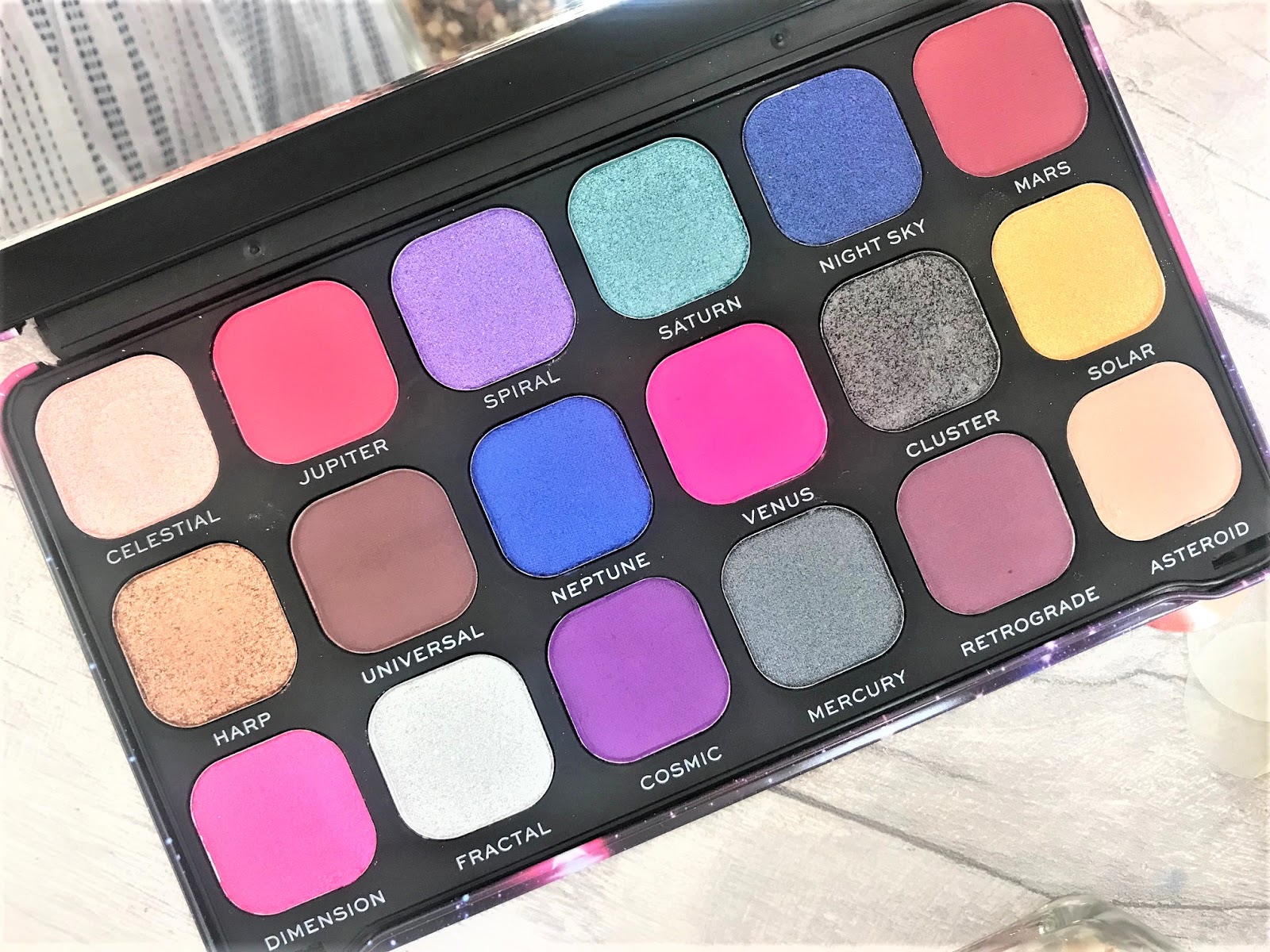
With a little care radiation levels could be less than on Earth. Such a settlement will have ample materials in the form of the asteroid itself, and the large mass of the asteroid provides immediate and substantial radiation protection. Hollowing out a large, solid asteroid and building homes inside has great appeal. Then asteroids become prime targets for new settlements. While early orbital settlements may well be in Earth orbit, eventually humanity will spread out across the solar system. Diverting a few small (30-70 meter diameter) asteroids into Earth orbit could supply all the materials needed for early orbital settlement development. Orbital settlements must import their materials from either the Moon or asteroids. Like space solar power, this is one of the potential revenue sources for the large startup costs for the first space settlements.Īsteroids can also be an enormous boon to orbital settlements. The potential mineral wealth of these asteroids is so great that huge profits could be made once we can start mining them for materials to be sold to markets on Earth. There are vast numbers of asteroids in near-Earth orbits, some of which are easier to access than the Moon. Asteroids can make us rich and provide homes for trillions of people (the promise).Asteroids can make us extinct (the threat) - see Planetary Defense Page and Planetary Defense Library.

There are two things you need to know about asteroids: If the dinosaurs had a space program, they would still be here.Īs an example of the economic value of space resources, let’s consider the smallest known M-type asteroid, the near-Earth asteroid known as 3554 Amun (two kilometers in diameter): The iron and nickel in Amun have a market value of about $8,000 billion, the cobalt content adds another $6,000 billion, and the platinum-group metals add another $6,000 billion.


 0 kommentar(er)
0 kommentar(er)
